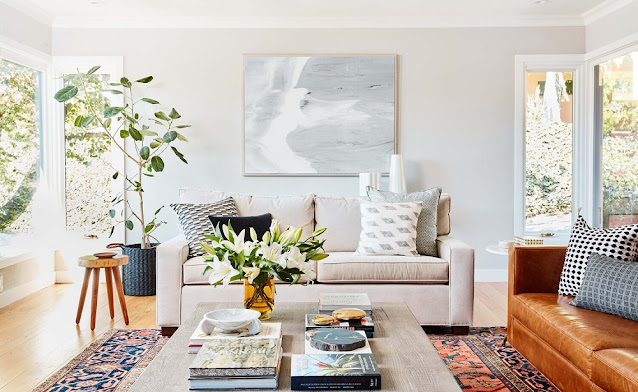From The Concept to Retail: Who, What, Why, and How a Garment Is Made
Investigation. The fashion designer must first conduct research before beginning any design. Who is the target market in particular? Is it more likely to be men or women? What is the age range of the pack? What is the amount of money they make? What are their proclivities? Design expecting is the second type of inquiry that is required. Because it might take up to two years for a piece of clothing to reach the retail market, designers must anticipate future trends in terms of designs, examples, and tones. Fortunately, there are organizations that devote significant time and resources to factual research and example forecasting, allowing clothing companies to buy into the information without having to do all of the labor themselves
Design. The fashion designer begins making after completing all of the assessments. The individual will either hand sketch the designs or use a computer program to do so, using the industry-standard Nine Heads sketching technique. The designer will create specifications in the edges, such as concealing, surface, surface, and many nuances. A "croquis" is a type of fashion sketch.
Obtaining materials When the sketch is finished, the supplies should be located. The designer or a design associate searches for surface details, trim, zippers, and everything else that is required to finish the item of apparel. It appears to be a delightful purchasing excursion, but keep in mind that individual sourcing must stay inside a budgetary arrangement.
Making models. The model maker then takes the fashion designer's sketch and turns it into a valuable model from which the genuine garment may be stitched. Similarly, the model maker supports the use of the marker, which is a design for how the model is applied to the surface. On the marker, all of the pieces of the item of clothing, in each size, are organized so that no immaterial surface is wasted.
Creation. Clothing collecting can begin as soon as the model is completed. Various districts, such as pricing, creative masterminding, overall components, and quality control, are included in this movement. At this point, the organization should decide whether to manufacture locally, even within the United States, or abroad, where labor is less expensive. With so many parts and creation channels, collecting a chunk of fashion design is a business in and of itself.
Buying. However, if clothing associations have their own stores, they will display their items to fashion buyers at trade shows. Buyers then select the items they believe will sell for the most money in their businesses. The buyer, like the fashion designer, should assess the styles that will attract buyers in the future.
Promoting. The fashion promotion machine is in full swing behind the scenes, ensuring that when the garments are delivered and placed on the shelves, customers will devour them. Promoters must comprehend buyer mindsets and lead and encourage a keen awareness of the energetic triggers that will urge customers to make purchases.
Retail and showcasing. When the items of apparel reach retail, the fashion merchandiser creates an ostensibly captivating item show to entice customers into the store to buy, buy, buy. Customers are astounded by life-sized models, props, and, on rare occasions, incredibly unexpected parts. In any case, displaying is solely necessary for the retail environment. Smart fashion design organizations educate merchants on their products so that salespeople are knowledgeable about what they're selling and can more easily sell one-on-one to customers. The retail staff settles the arrangement after advancing and promoting them in.
Despite the fact that the fashion design industry is huge, with many layers and players, the past was an incredibly essential once-over of the manufacturing of a piece of clothing. It appears to be useful for people interested in a career in fashion, as there are other job opportunities other than that of a fashion designer. Thus, whatever one's hobbies or abilities, there is almost certainly a job in fashion for them.
Join The Best Fashion Design Colleges in Chandigarh. IIFD is the most popular Fashion Design Institutes in India which offering professional training in Fashion Designing Courses in Chandigarh. Enroll With IIFD!!




Comments
Post a Comment